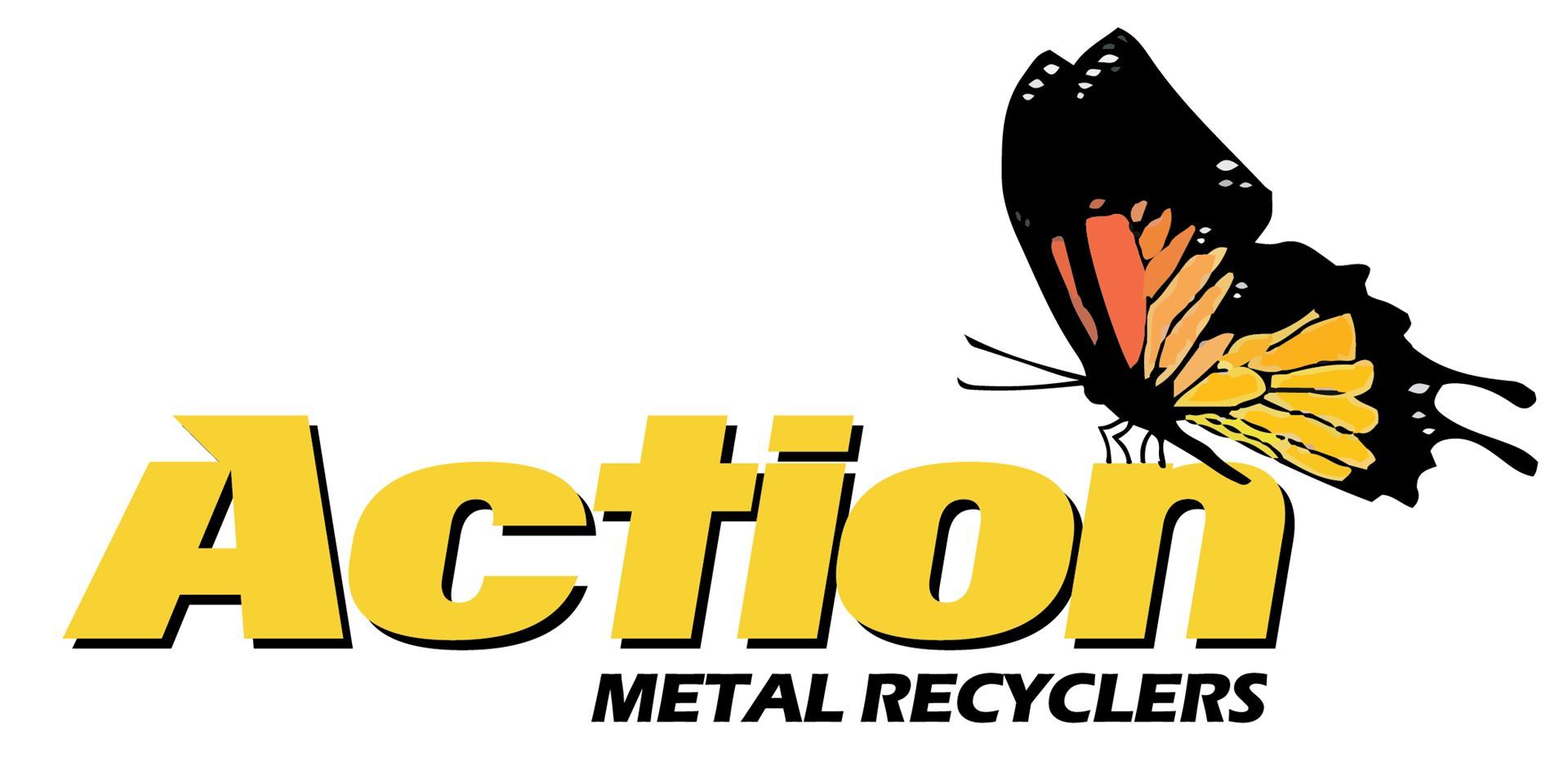
Recycling can take on many forms, from whole house removal and relocation, to asset removal and total deconstruction, including source separation of viable resources. The least of all preferred options is the total demolition and disposal commonly known as “crunch & dump”.
With some sectors of the waste and recycling industries well set up to provide for major recycling of some resources such as: metals, concrete, green waste, timber and some forms of plastic, a greater emphasis needs to be placed on the ease of recycling of bulky, lightweight, comingled waste that currently goes straight to Landfill.
From the 2017-18 Queensland Government Statistics on Waste, of the total of the 10.9 Million Tonnes of waste produced in Queensland, over 5.2 Million tonnes were generated by the Construction and Demolition (C&D) sector, where less than 51% was recovered and recycled. This was better than Commercial & Industrial where 47.3% was recovered and Municipal Solid Waste where only a disappointing 32.4% recovered.
|
Material |
Amount Recovered (tonnes) |
|
Concrete |
1,851,243 |
|
Asphalt |
360,146 |
|
Bricks and tiles |
84,066 |
|
Plasterboard |
55,124 |
|
Timber |
30,036 |
|
Non-packaging glass |
7,370 |
|
Non-packaging plastic |
2,151 |
|
Ferrous scrap metal |
283,726 |
|
Non-ferrous scrap metal |
15,645 |
Concrete and asphalt recycling has been in operation for nearly 20 years in Queensland, it can be shown that recycled crushed concrete can be used in plumbing and drainage aggregates as well as various types of Roadbase and structural/engineered fill applications. The use of recycled material can save up to 65% of greenhouse gas emissions, when comparing to virgin quarried stone. This is by far the largest volume of recycled C&D material and however even though the specification for recycled roadbase was developed nearly 10 years ago through an association initiative, with industry and the Dept. of Main Roads; many councils and government engineers remain un-committed to its use.
Recycling steel (and other non-ferrous metals) has been around for many years and has many financial and environmental benefits. It diverts waste from landfill, reduces the need to extract and manufacture raw materials and contributes to significant savings in greenhouse gas emissions. Recycling steel, aluminum and copper for example, uses 75% less energy than making steel from raw materials. Scrap metals can be reused many times to make many new products. Recycling scrap metal reduces the amount of waste produced, while also preventing the need for additional mining to obtain new metals for manufacturing purposes.
While conserving natural resources and reducing greenhouse gas emissions, it uses less energy to recycle than making metal from virgin ore. The production of new metal releases a far greater amount of greenhouse gas emissions such as Carbon Dioxide, Carbon Monoxide and Nitrous Oxide and water vapour compared with making products from recycled metal.








